Improving speed and strength is crucial for rugby players aiming to excel on the field. The unique physical demands of rugby require a blend of explosive power, agility, and endurance to outpace and outmaneuver opponents.
Incorporating a speed chute into your training can elevate your performance by boosting sprinting speed and enhancing resistance running for increased power. In this post, we'll explore how speed and strength training, particularly with the use of a speed chute, can transform your game. Whether you're a seasoned player or just started training, discover how to integrate this powerful tool into your regimen for maximum impact.

The Importance of Speed and Strength
Balance of Speed and Power
In rugby, the balance between speed and power is vital. Speed allows you to outpace opponents and make decisive plays, while power ensures you can break tackles and maintain possession. For optimal athletic performance, rugby players train to develop both aspects.
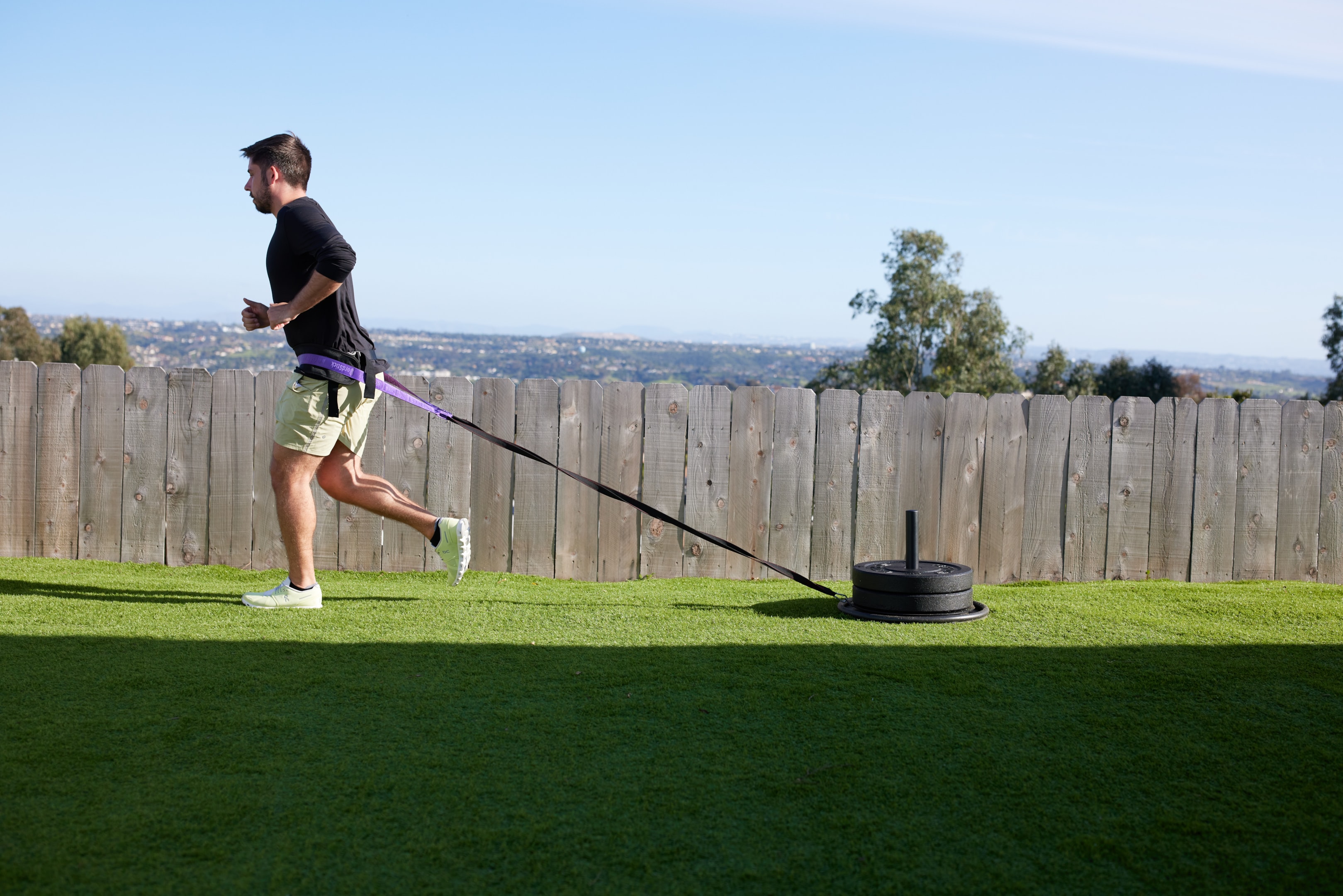
Speed training focuses on exercises like sled sprints and plyometric training to increase sprinting speed and explosive movements. On the other hand, power training includes strength exercises like the back squat and push press, which enhance force development and power production. Incorporating a speed chute into your training plan is a great way to combine these elements.
The resistance from the chute helps in building leg strength and improving sprint speed simultaneously. Thus, by performing compound exercises that target multiple fitness components, you can achieve a balanced training program that enhances both speed and power.

Physical Demands on Rugby Players
Rugby players face rigorous physical demands that require a comprehensive training approach. The sport involves continuous running, sudden sprints, and frequent collisions, necessitating a combination of aerobic fitness and anaerobic fitness.
Players must develop maximal strength to withstand tackles and generate force during scrums. Training specifically for the unique challenges of rugby involves a mix of speed work, explosive exercises, and strength training. Exercises such as the bench press, front squat, and box jumps are key lifts that build core strength and leg strength, essential for both defensive and offensive plays.
Additionally, performing compound exercises helps in engaging multiple muscle groups, enhancing overall athletic performance. To meet these demands, incorporating sport-specific training tools like a speed chute can further enhance cardiovascular fitness and sprinting speed. This holistic approach ensures that rugby players are well-prepared to meet the high-intensity physical challenges of the game.

Combining Aerobic and Anaerobic Fitness
For rugby players, combining aerobic and anaerobic fitness is essential to excel on the field. Aerobic fitness is critical for maintaining stamina and enduring the prolonged physical demands of a match.
It involves activities that improve cardiovascular fitness, such as long-distance running and cycling. Anaerobic fitness, on the other hand, focuses on high-intensity, short-duration exercises that improve strength and power. This includes explosive training like sprints, plyometric training, and heavy weightlifting.
Effective rugby training programs integrate both types of fitness to ensure players can sustain high energy levels and perform explosive movements when needed. For instance, incorporating barbell exercises such as the back squat and overhead press can enhance maximal strength and force production.
Meanwhile, aerobic activities improve overall endurance. By balancing these fitness components, rugby players can improve their speed, strength, and overall athletic performance, making them more effective on the field.

Enhancing Performance with Speed Chutes
Benefits of Speed Chute Training
Speed chute training offers numerous benefits for rugby players aiming to enhance their performance. The primary advantage is the increase in sprinting speed. The resistance provided by the speed chute forces players to generate more power with each stride, effectively boosting their sprint speed.
This type of training also enhances leg strength and power production, which are crucial for explosive movements on the field. Additionally, speed chute training improves overall cardiovascular fitness by challenging the heart and lungs during high-intensity sprints. Another benefit is the development of better running mechanics.
As players work against the resistance, they naturally adopt an upright torso and more efficient stride patterns. This leads to improved running form and reduced risk of injury. By integrating speed chute training into a comprehensive rugby training program, players can achieve significant strength gains and better athletic performance, making it a valuable tool for both speed and strength training.

Integrating Speed Chutes into Your Routine
Integrating speed chutes into your training routine can be straightforward and highly effective. Start with incorporating speed chute sprints into your regular speed work sessions.
Begin with shorter distances, such as 20-30 meters, to get accustomed to the resistance. Gradually increase the distance and intensity as your strength and speed improve. Aim for 3-4 sets of sprints, with ample rest between sets to ensure maximum effort in each sprint.
Additionally, combine speed chute sprints with other explosive exercises like box jumps and sled sprints to develop overall power and agility. It's also beneficial to include strength training components such as the back squat and push presses in your routine to build a strong foundation. Ensure you maintain good technique throughout each exercise to maximize benefits and prevent injury.
By consistently integrating speed chutes into your training plan, you can expect significant improvements in sprinting speed, leg strength, and overall rugby performance.

Practical Tips for Maximum Gains
To maximize gains from speed chute training, follow these practical tips. First, focus on maintaining an upright torso while sprinting. This helps improve running mechanics and ensures the resistance is effectively utilized.
Start each session with a thorough warm-up to prepare your muscles and reduce injury risk. Include dynamic stretches and light jogging to increase blood flow. Vary your training by incorporating both short sprints for speed and longer sprints for endurance. This ensures a balanced development of both aerobic and anaerobic fitness.
Track your progress by recording sprint times and distances, allowing you to adjust your training intensity accordingly. Combine speed chute workouts with strength exercises like front squats and overhead presses to enhance overall power production.
Lastly, ensure proper recovery between sessions. Adequate rest, nutrition, and hydration are crucial for muscle repair and growth. By implementing these tips, you can achieve significant improvements in speed, strength, and overall athletic performance.
How to Get Started
Getting started with speed and strength training for rugby is easier than you might think.
Begin by assessing your current fitness levels to create a baseline. This can include measuring your sprint times, strength metrics, and overall endurance.
Next, develop a balanced training plan that incorporates both speed work and strength exercises. Start with basic compound exercises like back squats, bench press, and push presses to build a strong foundation.
Integrate speed chute sprints into your routine, starting with shorter distances and gradually increasing as you become more comfortable. It's important to maintain good technique throughout all exercises to maximize benefits and avoid injury.
Ensure you have the necessary equipment, such as a speed chute or a weight sled, which can be easily purchased online. Lastly, commit to a consistent training schedule, allowing for adequate rest and recovery. With dedication and a well-structured plan, you can significantly improve your rugby performance.

FAQs
Can you fast and do strength training?
Yes, you can fast and still engage in strength training, but it requires careful planning and consideration. Fasting can impact your energy levels and muscle recovery, so it's essential to listen to your body. If you're fasting, try to schedule your workouts during periods when you have the most energy, such as before your first meal of the day.
Focus on maintaining good technique and avoid lifting extremely heavy weights that could increase the risk of injury. Incorporate compound exercises like back squats and bench presses that target multiple muscle groups, ensuring you get the most out of your limited energy. Hydration is crucial, so drink plenty of water before and after your workout.
Post-workout nutrition is also vital; break your fast with a balanced meal rich in protein and carbohydrates to aid muscle recovery and replenish energy stores. With proper planning, you can effectively combine fasting and strength training.

How to gain strength and speed at the same time?
Gaining strength and speed simultaneously requires a balanced and strategic approach to training. Start by incorporating a mix of compound exercises and explosive movements into your routine. Compound exercises like back squats, deadlifts, and bench presses are crucial for building maximal strength and engaging multiple muscle groups.
Combine these with explosive exercises such as box jumps, sled sprints, and speed chute sprints to enhance power and speed. Focus on maintaining good technique in all movements to maximize benefits and prevent injuries. Utilize varying rep ranges and weights to target different fitness components, ensuring that you challenge both your strength and speed capacities.
Additionally, ensure your training plan includes adequate rest and recovery periods to allow muscles to repair and grow. Nutrition also plays a significant role; a balanced diet rich in protein, carbohydrates, and healthy fats will support your training efforts. By following this holistic approach, you can effectively gain both strength and speed.
Does speed matter in strength training?
Yes, speed does matter in strength training, especially when it comes to power development and improving overall athletic performance. When performing exercises like the push press, back squat, or deadlift, the speed at which you lift can influence the recruitment of motor units and force production.
Explosive movements, part of speed training, help in generating maximum force quickly, which is crucial for activities that require sudden bursts of energy, like rugby. Incorporating elements of speed into your strength training, such as performing compound exercises at a faster pace or incorporating plyometric exercises like box jumps, can significantly enhance your power output.
This approach, known as explosive training, bridges the gap between strength and speed, making you not only stronger but also faster and more agile. By integrating speed into your strength training regimen, you can achieve a more dynamic and effective workout that translates to better performance on the field.
How should a rugby player train?
A rugby player's training should be comprehensive, focusing on multiple fitness components such as strength, speed, power, and endurance.
Start with a solid foundation of strength training, including key lifts like back squats, deadlifts, and bench presses to build maximal strength and core stability. Incorporate explosive exercises such as box jumps, sled sprints, and push presses to enhance power production and agility.
Speed work is also essential; integrate sprinting drills and speed chute sprints to improve sprint speed and running mechanics. Aerobic fitness should not be overlooked; include cardiovascular exercises like long-distance running and interval training to build stamina and endurance.
Additionally, flexibility and mobility exercises, such as dynamic stretching and yoga, can help prevent injuries and improve overall athletic performance. Finally, ensure your training plan includes adequate rest and recovery periods, along with a balanced diet rich in protein, carbohydrates, and healthy fats to support muscle repair and growth. By adopting this holistic approach, rugby players can optimize their performance on the field.

How do you build strength in rugby?
Building strength in rugby requires a focused and consistent strength training regimen. Start with compound exercises like back squats, deadlifts, and bench presses, which engage multiple muscle groups and help develop maximal strength.
Incorporate key lifts such as the overhead press and the front squat to target the upper body and core strength, essential for tackling and scrummaging. Utilize heavy weight and low to moderate rep ranges, typically between 4-8 reps, to stimulate muscle growth and strength gains.
Integrate explosive exercises like push presses and box jumps to enhance power and force production. Additionally, focus on unilateral exercises like split squats and lunges to improve balance and coordination. Ensure you maintain good technique throughout all exercises to prevent injuries and maximize benefits.
Complement your strength training with adequate rest, nutrition rich in protein, and hydration to support muscle recovery and growth. By following these principles, you can effectively build the strength needed for rugby.

How many hours a day do rugby players train?
Rugby players typically train for 1.5 to 3 hours a day, depending on their level of play and the phase of their training cycle. This training time is often divided into multiple sessions focusing on different aspects of fitness.
A typical day might include a morning session dedicated to strength training, incorporating compound exercises like back squats, deadlifts, and bench presses. An afternoon session might focus on speed work and agility drills, such as sprints, plyometric exercises, and speed chute sprints.
Additionally, players may have a separate session for skills training, which includes ball-handling, tackling, and strategic drills. Recovery is also a crucial part of the regimen, with activities like stretching, foam rolling, and light aerobic exercises to aid muscle recovery.
Professional players might also have video analysis and team meetings to review performance and strategies. By balancing these training components, rugby players can optimize their athletic performance and reduce the risk of injury.
How to get a body like a rugby player?
To get a body like a rugby player, focus on a balanced training regimen that includes strength, speed, and endurance components. Start with strength training exercises such as back squats, deadlifts, bench presses, and overhead presses to build overall muscle mass and strength.
Incorporate explosive exercises like box jumps, sled sprints, and push presses to develop power and agility. Speed work, including sprint drills and speed chute sprints, is essential for improving sprinting speed and cardiovascular fitness.
Additionally, maintain a high level of aerobic fitness through activities like long-distance running and interval training. Nutrition plays a crucial role; consume a balanced diet rich in protein, carbohydrates, and healthy fats to support muscle growth and repair.
Ensure you get adequate rest and recovery to prevent injuries and promote muscle development. By combining these elements, you can achieve a strong, athletic physique similar to that of a rugby player.
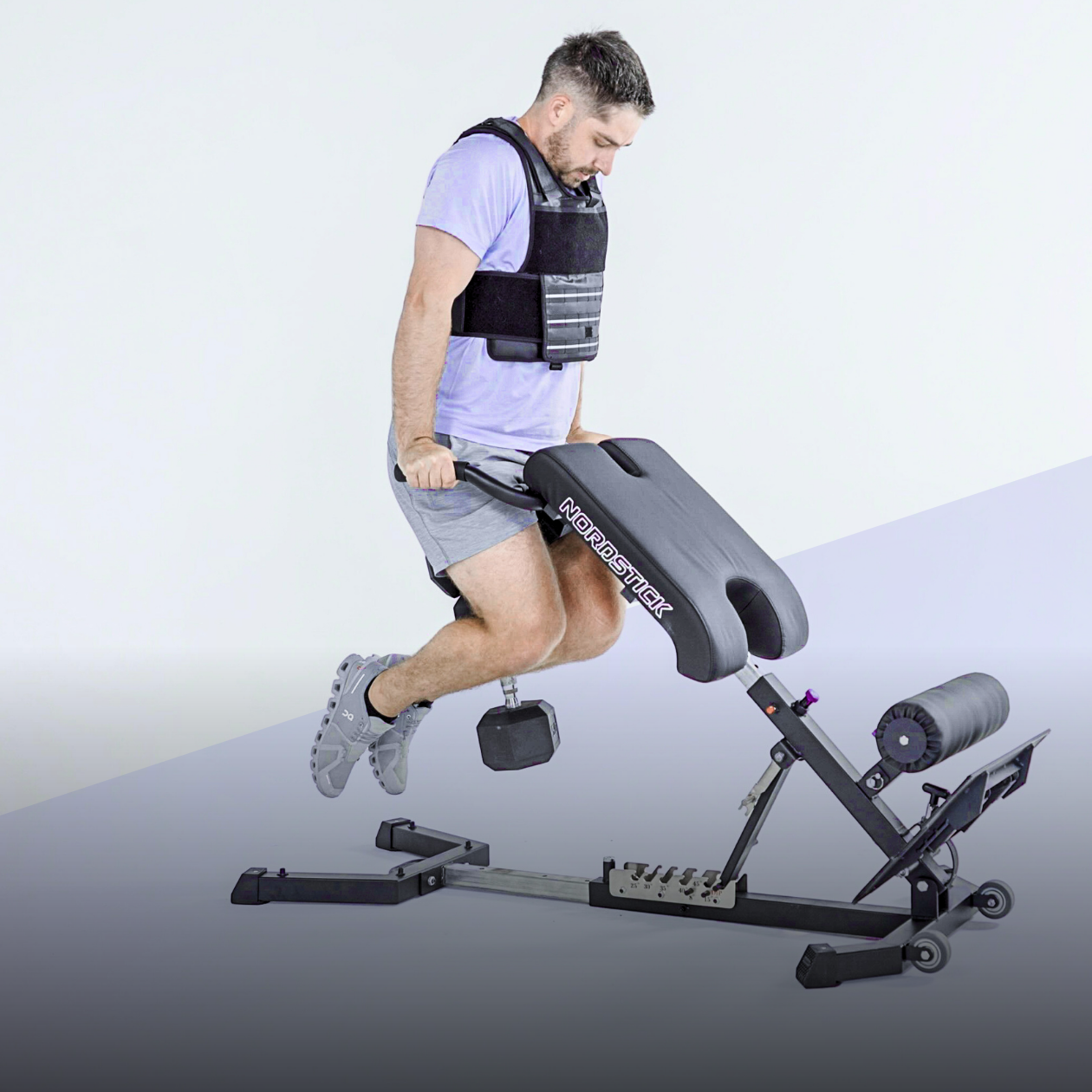
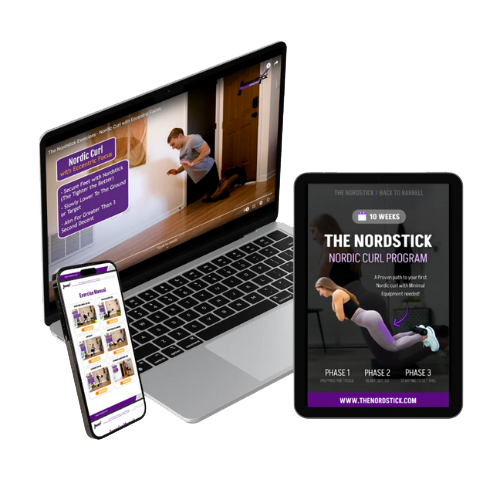
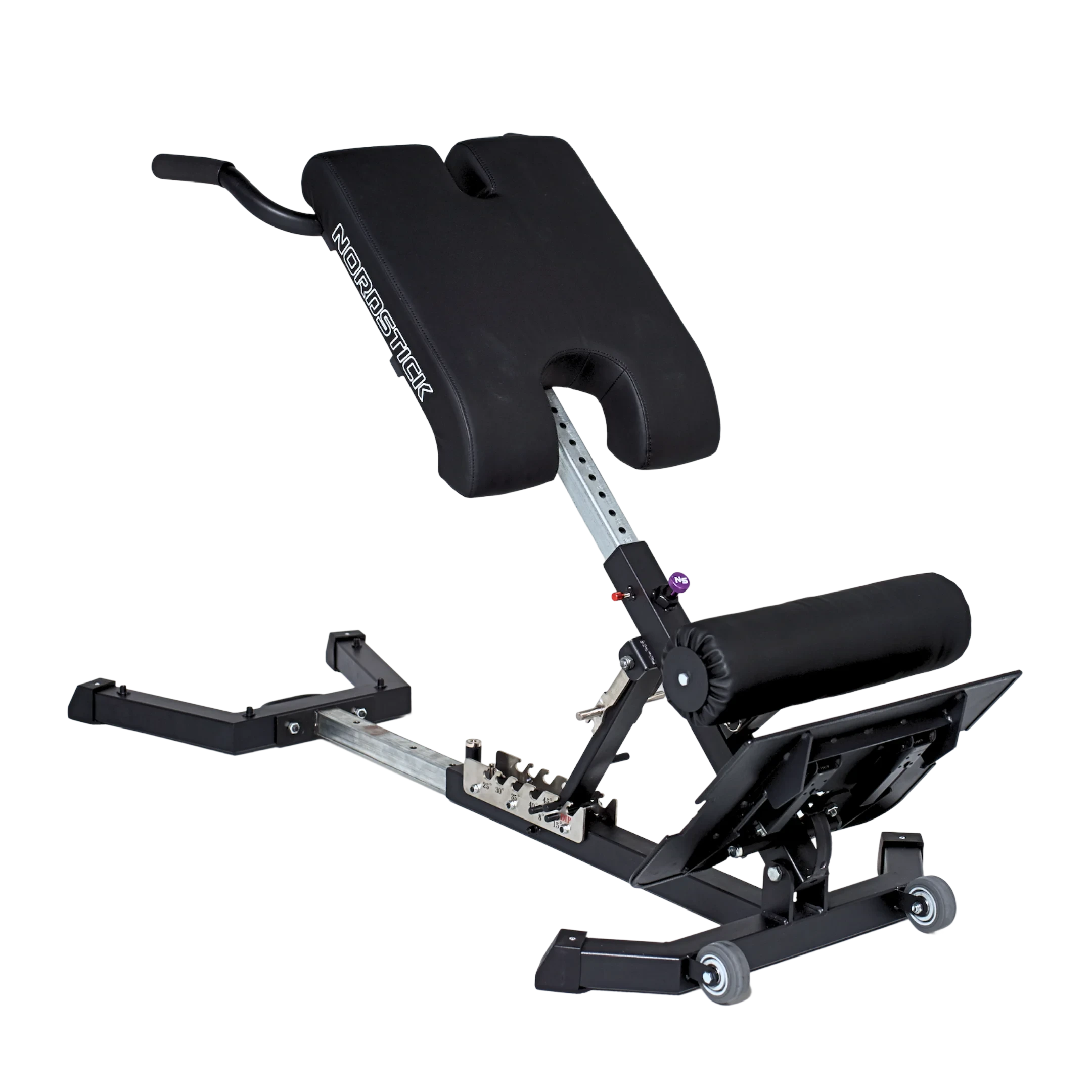
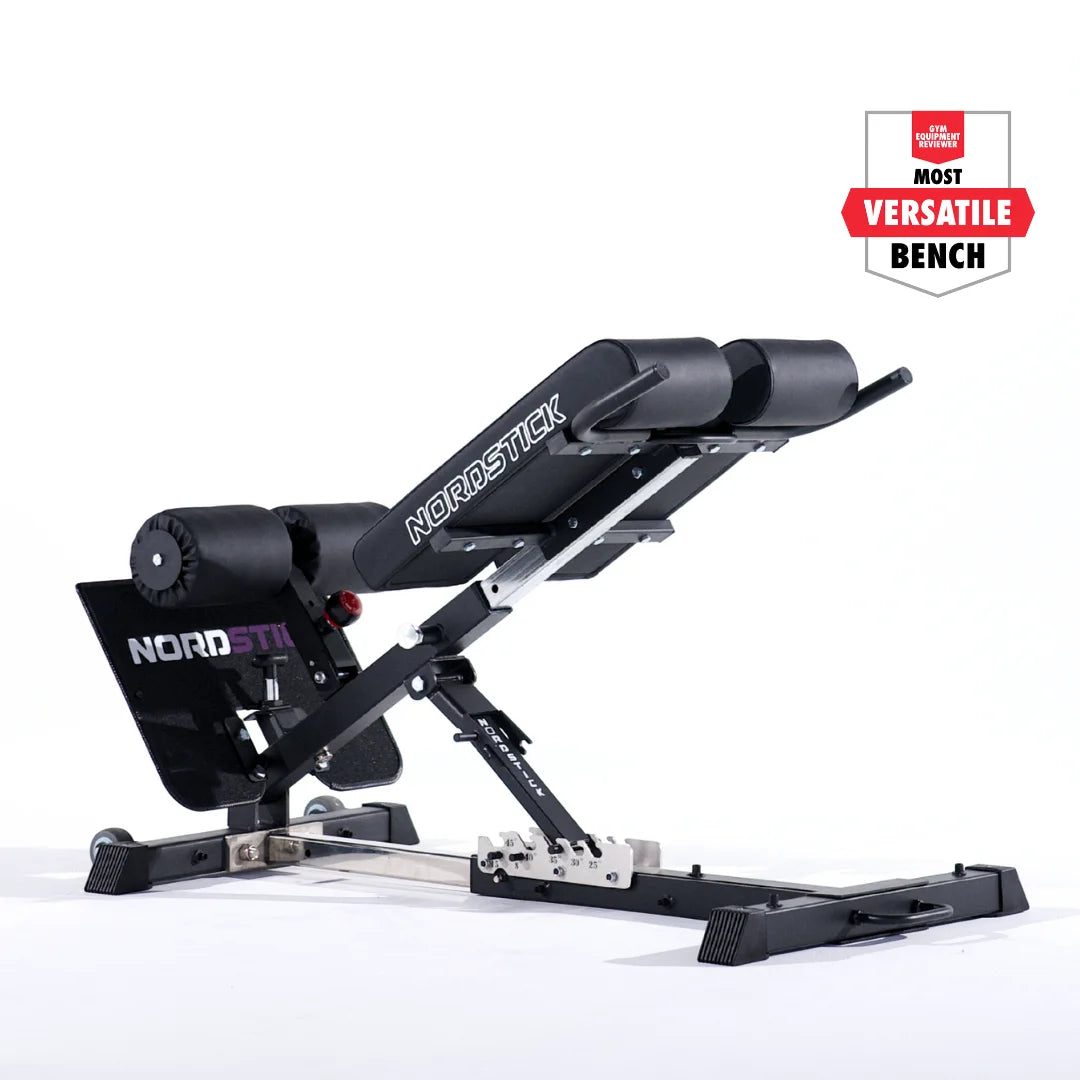





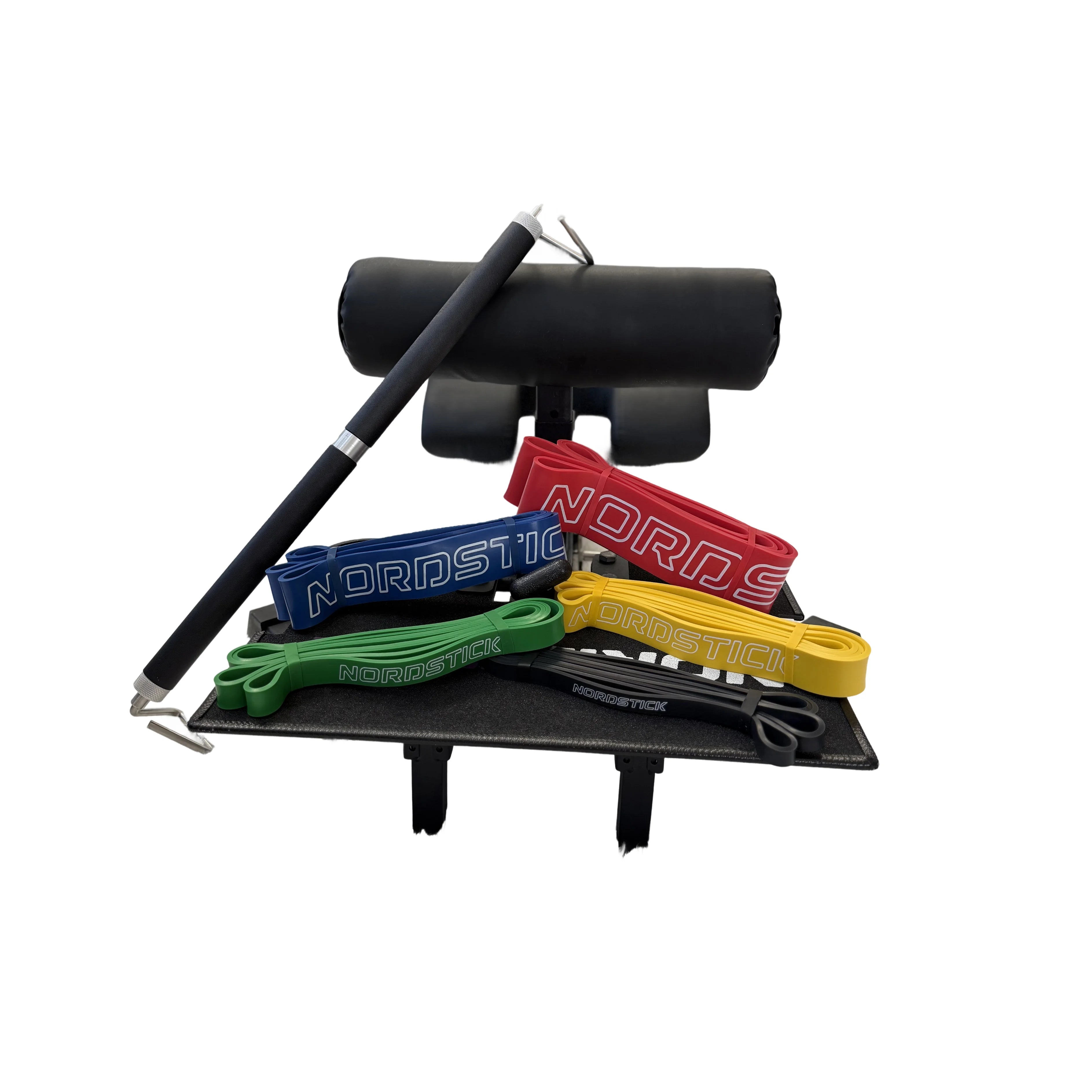

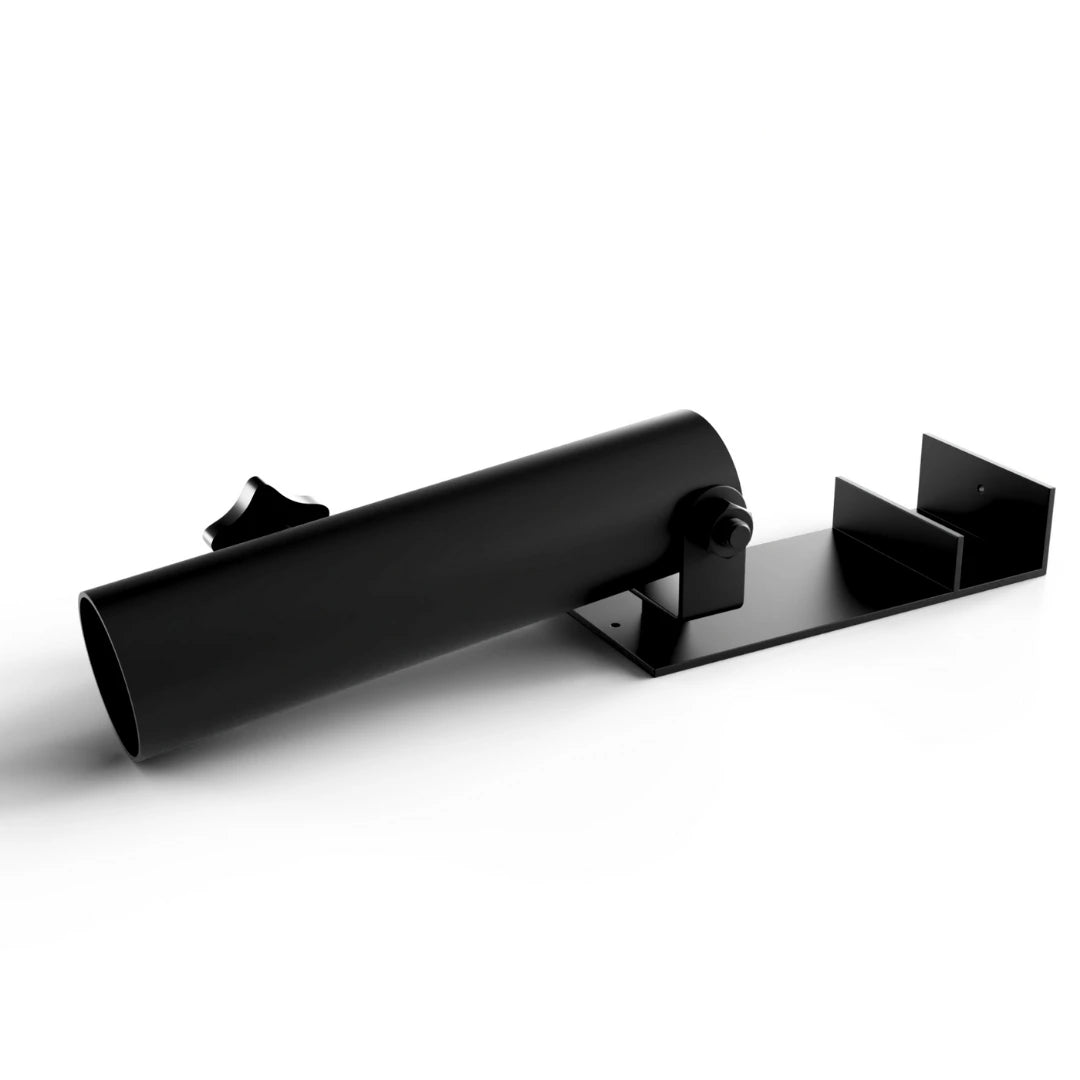
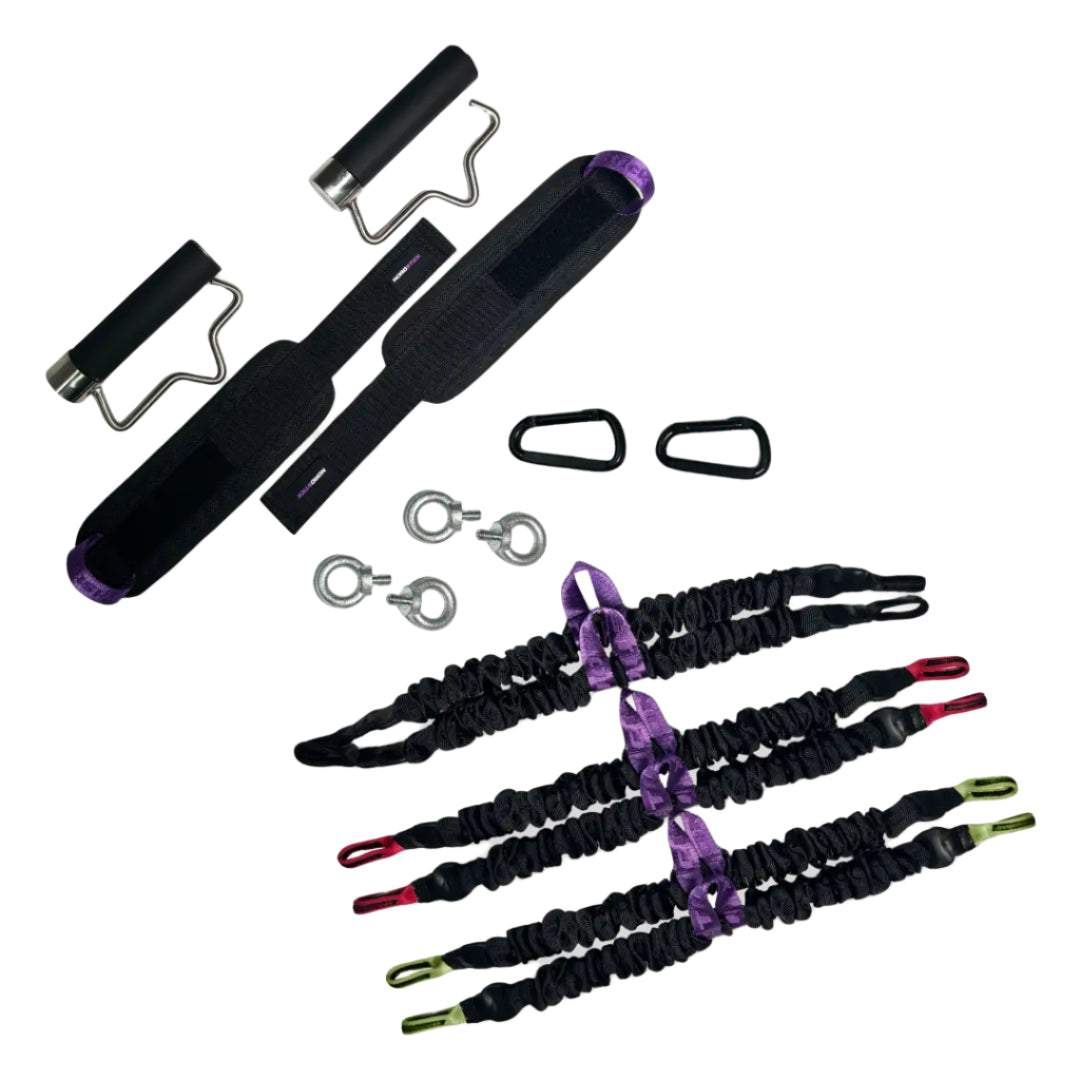
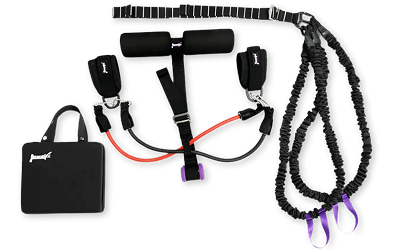
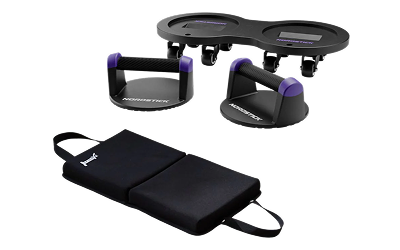
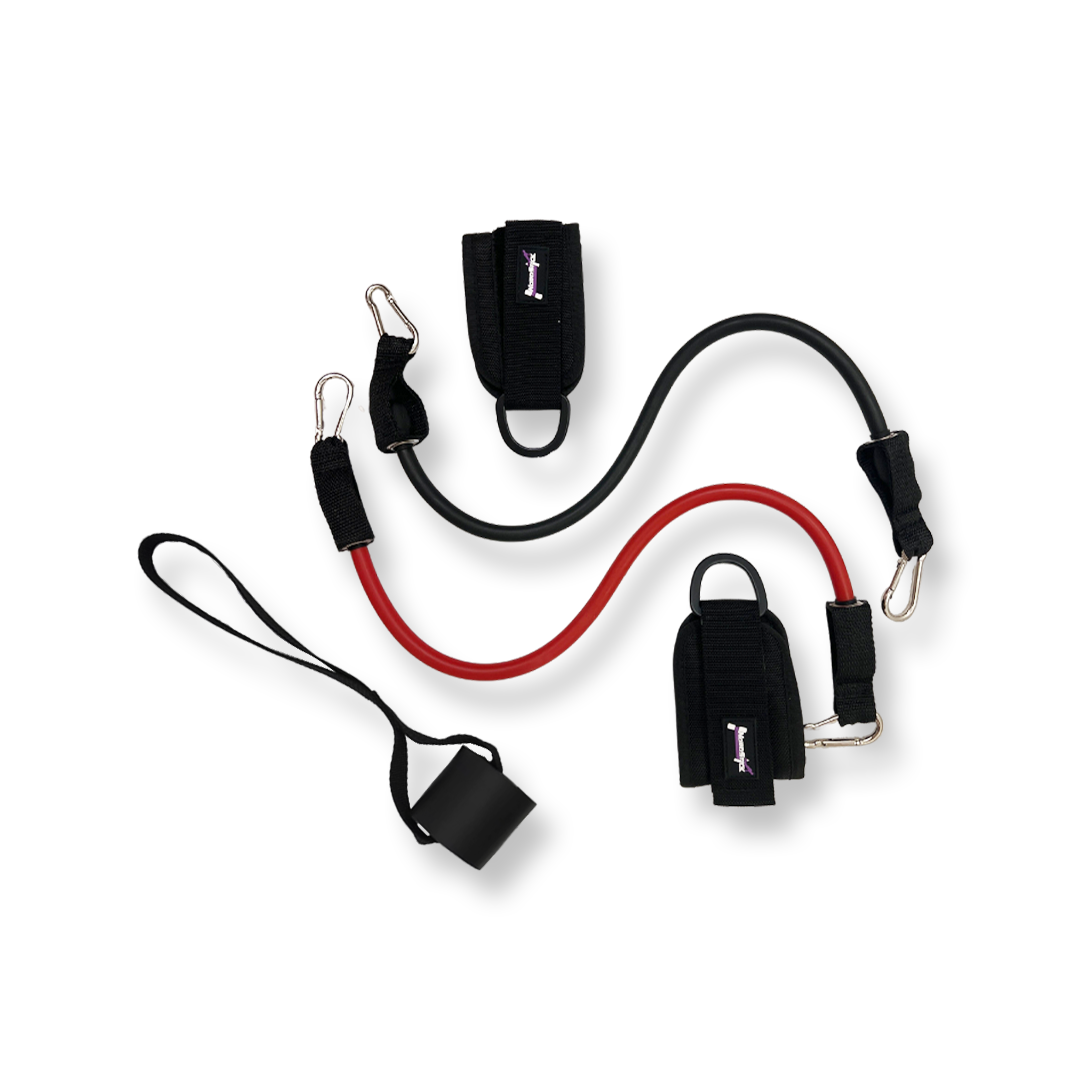
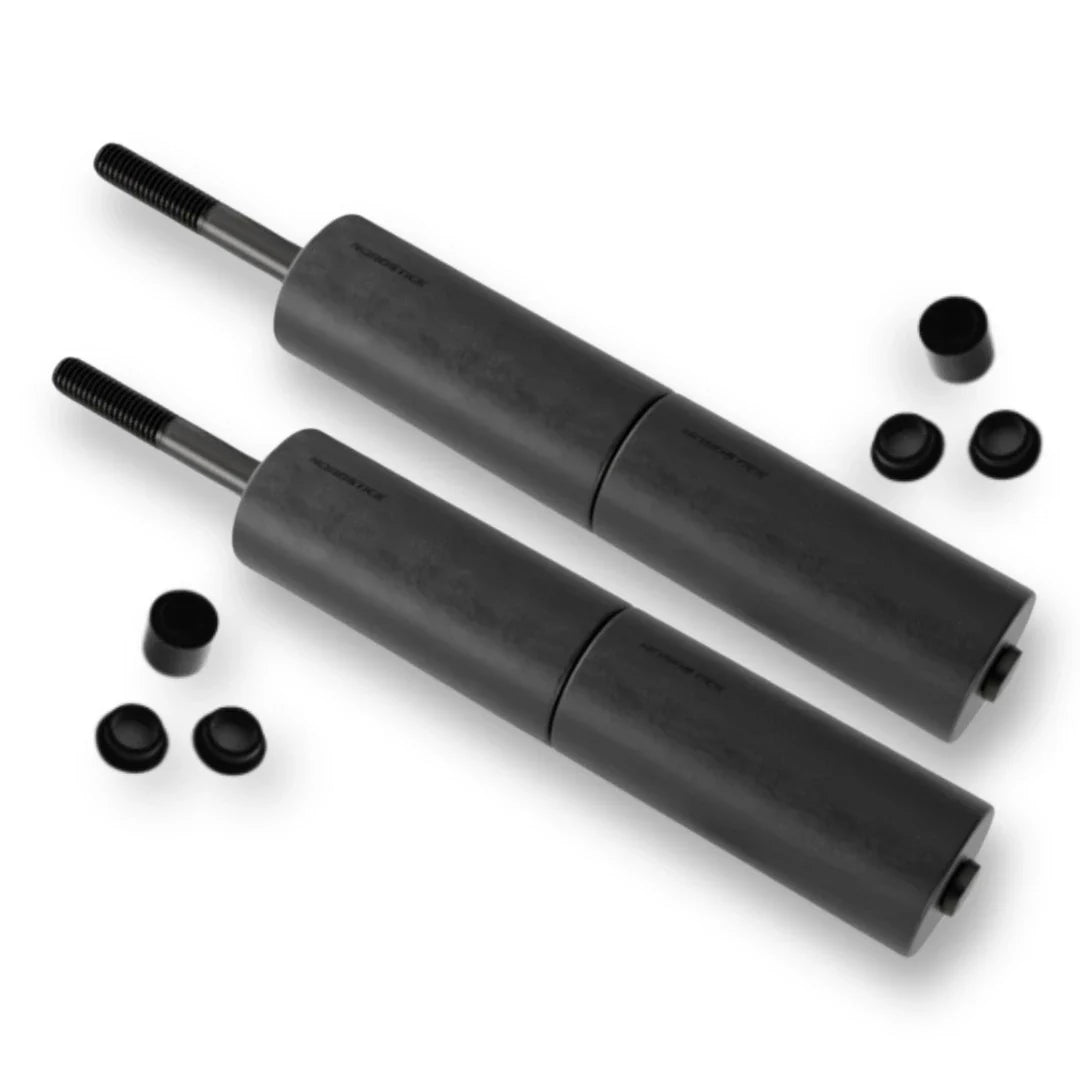
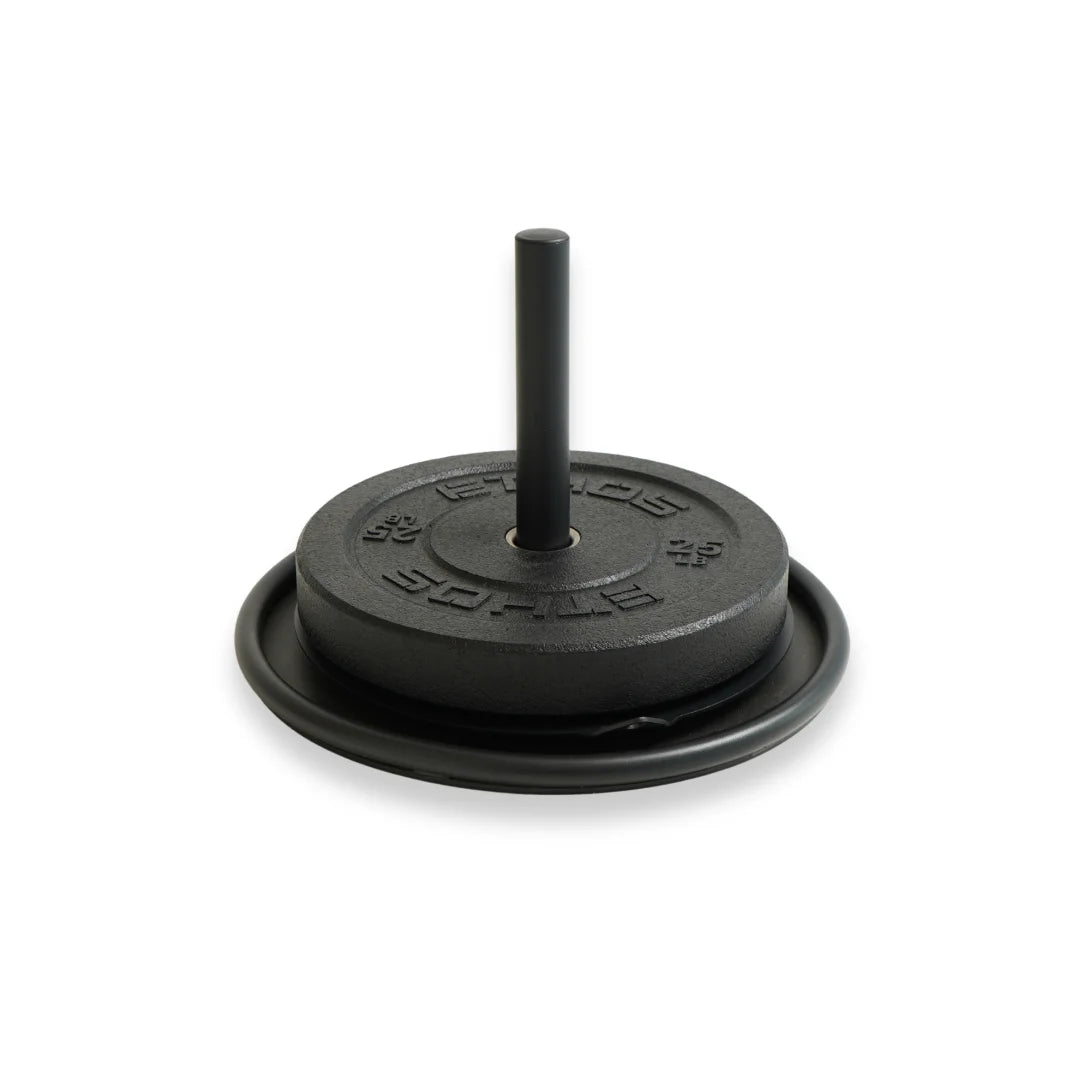
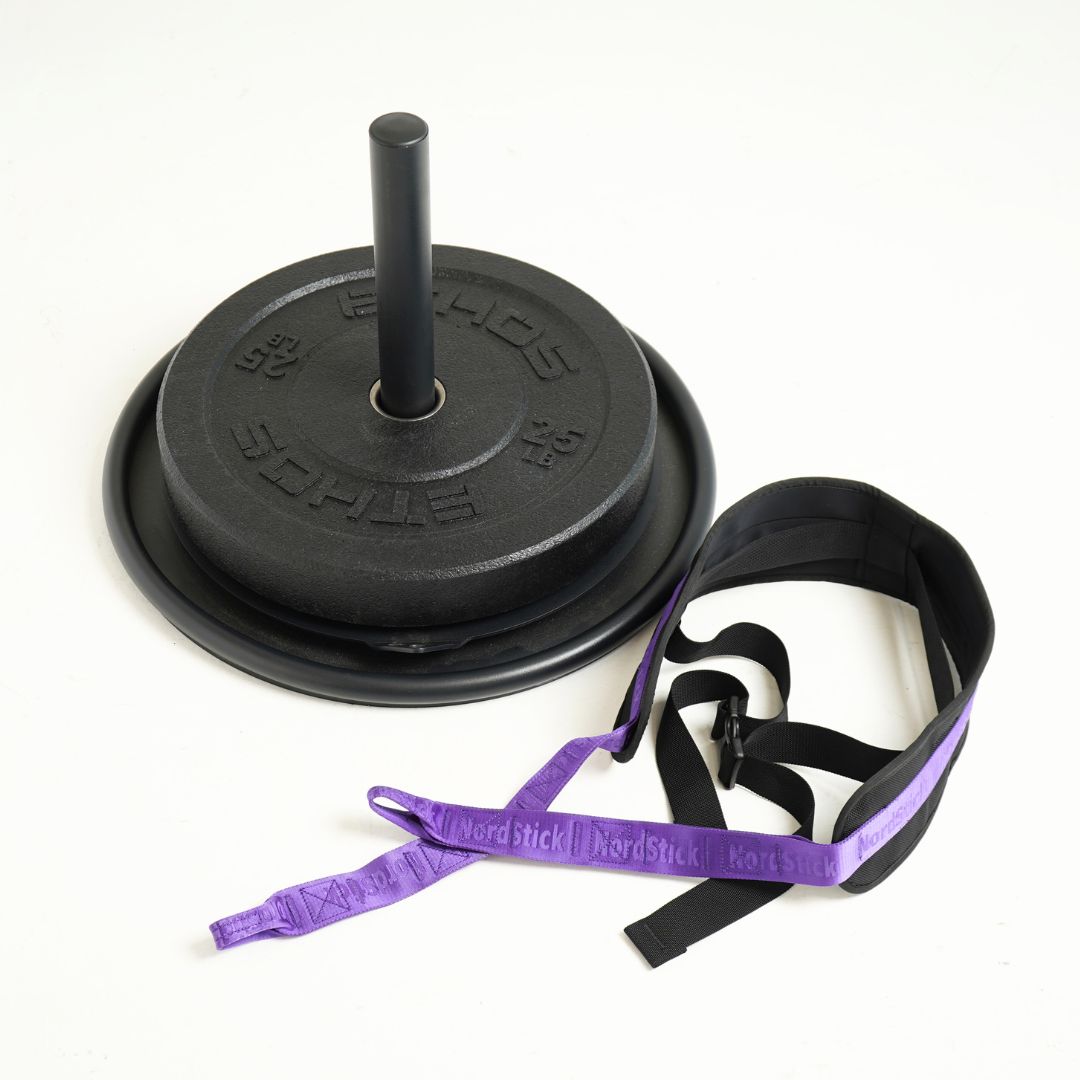
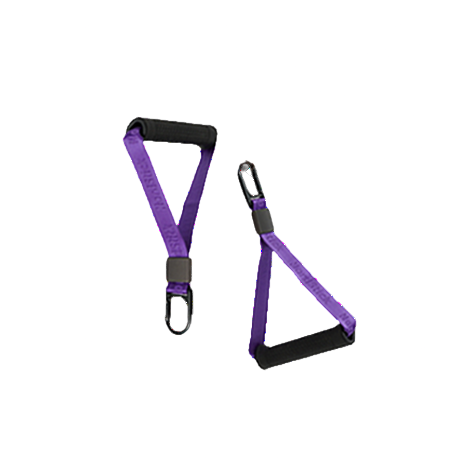







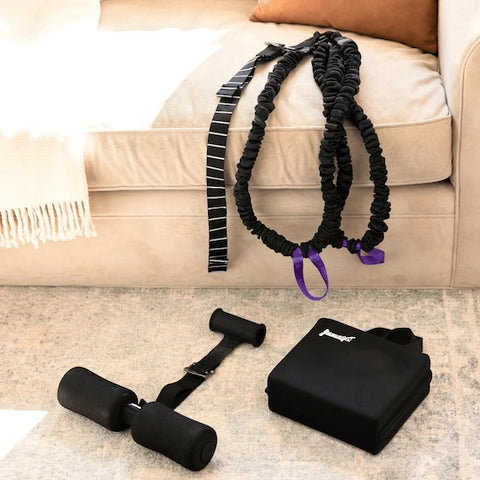



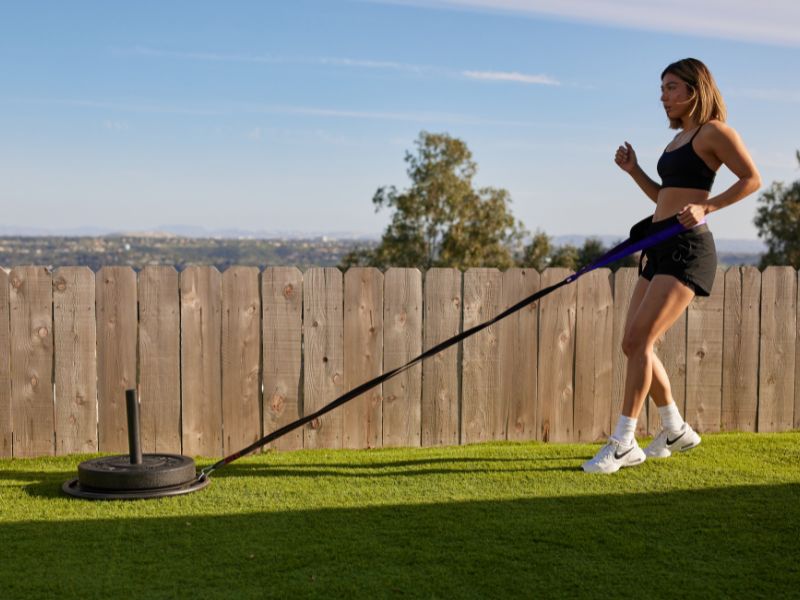
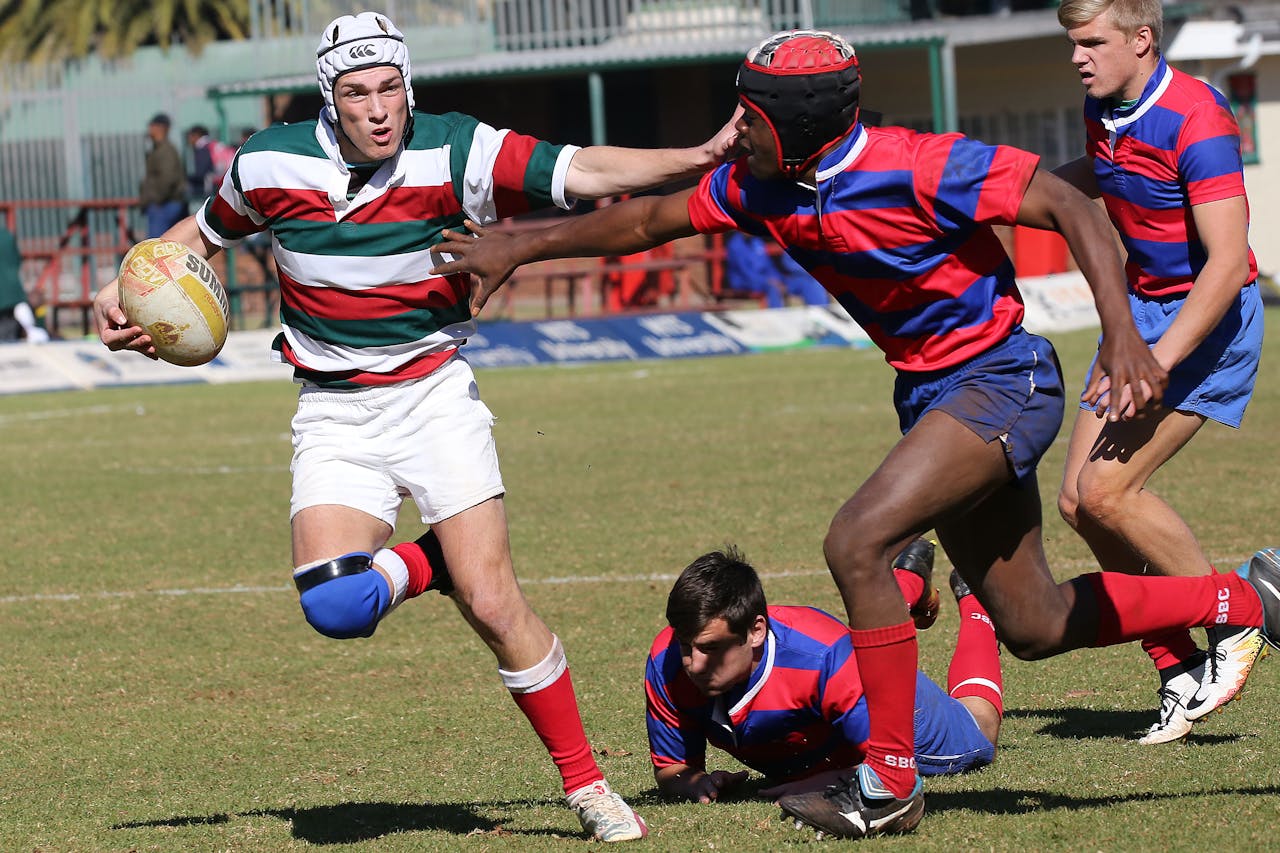
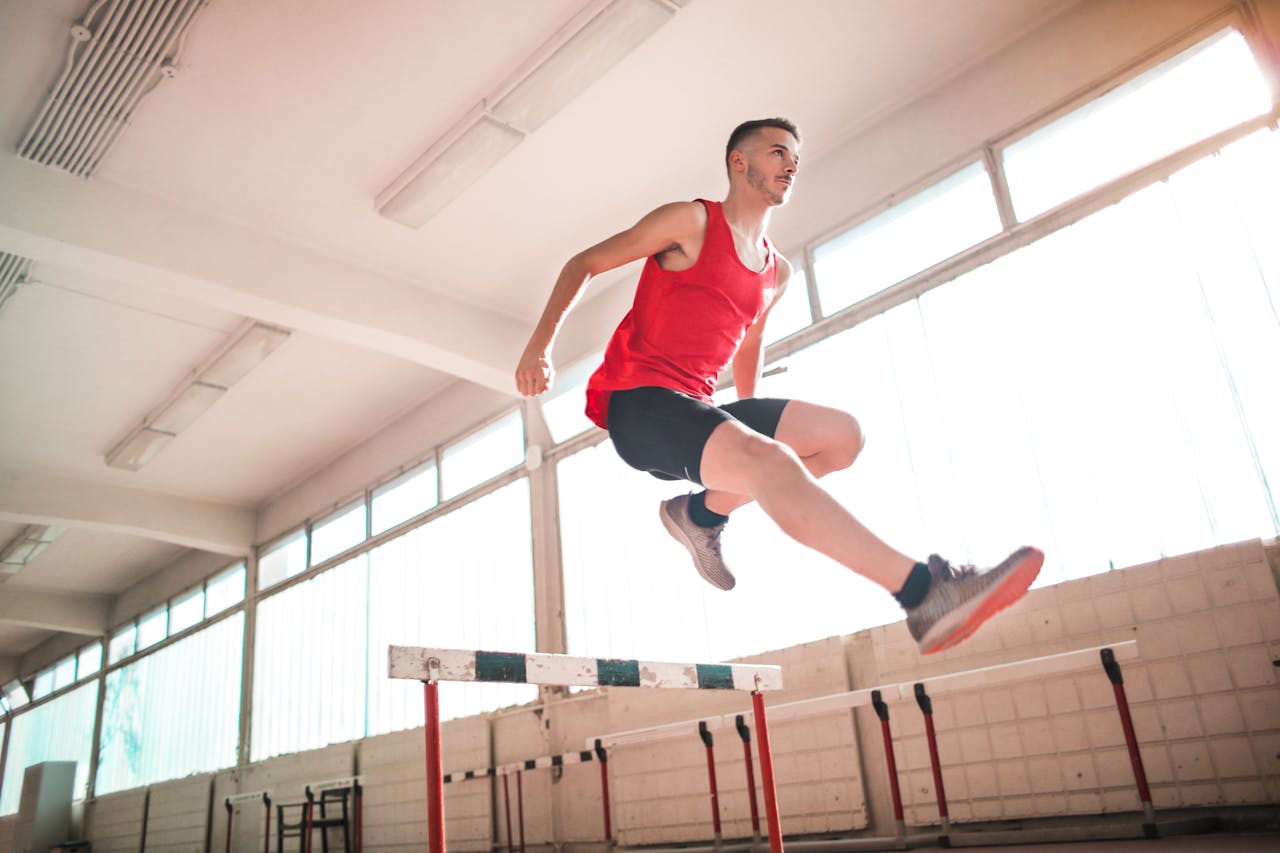

Leave a comment
This site is protected by hCaptcha and the hCaptcha Privacy Policy and Terms of Service apply.